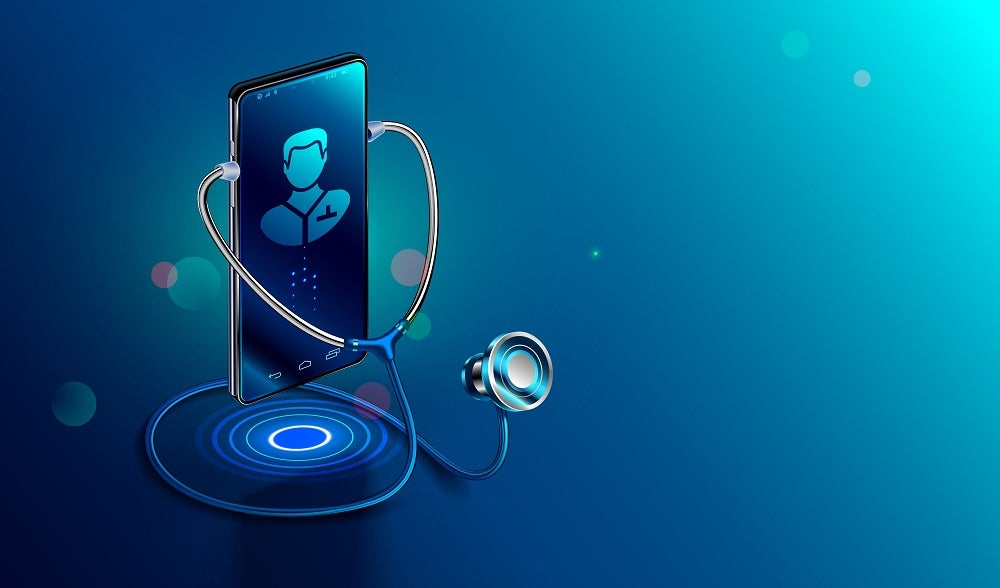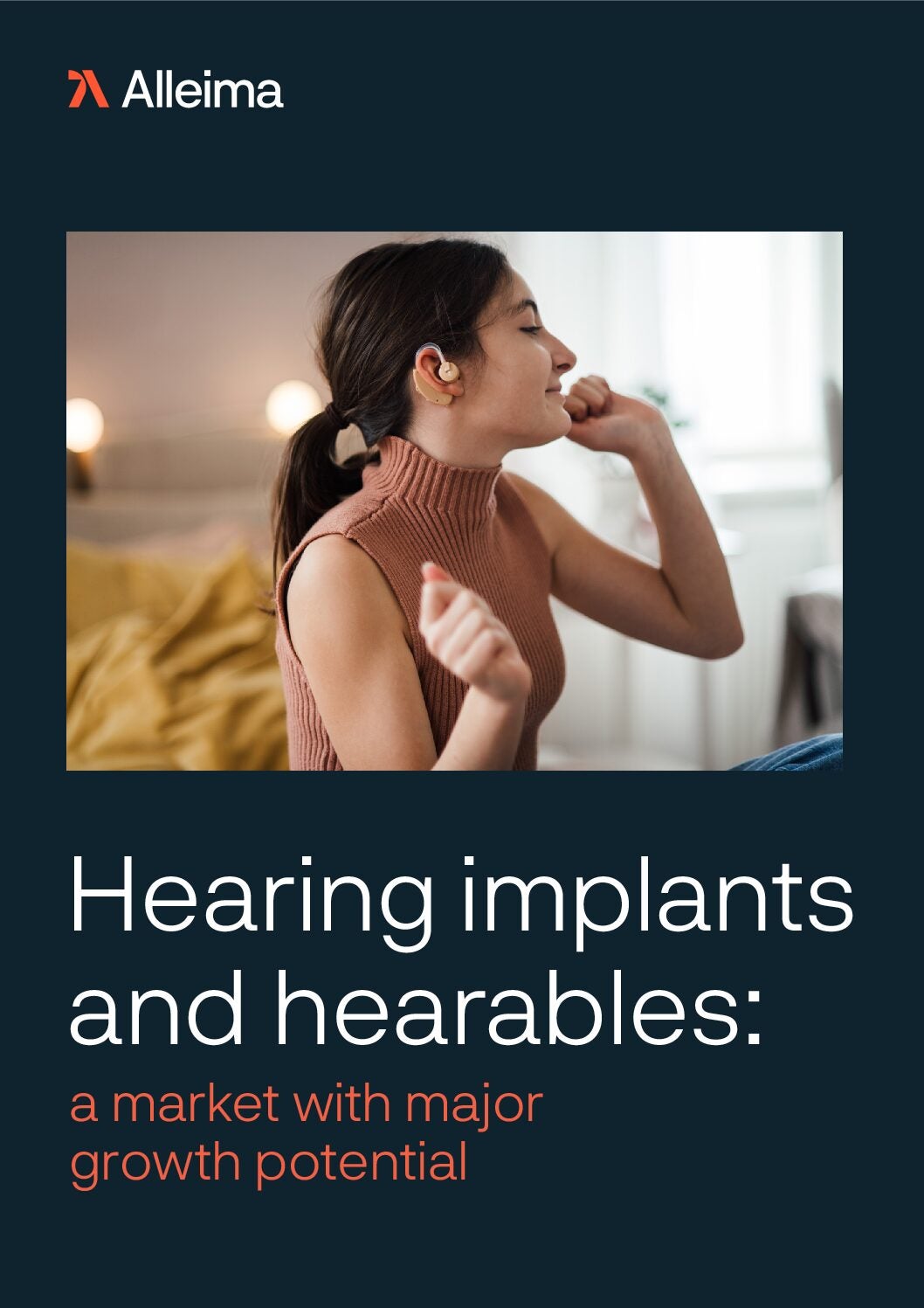
The mHealth market has seen exponential growth in recent years, transforming the healthcare landscape in ways previously unimaginable. Leveraging the power of mobile devices, apps, wearables, and digital platforms, mHealth has become a pivotal force in the healthcare industry.
The World Health Organization defines mHealth as a practice supported by mobile devices such as mobile phones, patient monitoring devices, personal digital assistants (PDAs), and other wireless devices. One of the key drivers of mHealth growth is the potential for cost reduction in healthcare expenses, such as costs associated with readmission in hospitals, patients’ non-adherence to treatments, doctor visits and consultation costs, redundant examinations, prevention costs, labour costs, and investment in technologies. The use of mHealth technologies can help improve healthcare delivery, lower healthcare costs, and provide better health and care outcomes.
Today, up to 85% of the global population owns a mobile phone, providing an unparalleled platform for healthcare interventions. mHealth leverages this reach to deliver health information, diagnostics, and services to users at their fingertips, promoting health and well-being on a global scale. Mobile apps and wearables allow users to monitor their vital signs, track fitness goals, and even manage chronic conditions. This not only improves patient engagement but also facilitates early disease detection and preventive care, reducing the burden on healthcare systems.
Wearables and remote patient monitoring
According to GlobalData’s Internet of Things (IoT) Thematic Research, wearable devices are expected to play a significant role in the medical and healthcare sector due to ageing global populations, growth in remote patient care, and increased use of IoT technology in hospitals. The wearable technology market was worth nearly $27B in 2019 and is expected to grow by 24.6% each year between 2020 and 2024 to reach $156B.
Smartwatches and fitness trackers can monitor heart rate, sleep patterns, and physical activity, providing users with valuable insights into their health. This data is not only beneficial for individuals but also aids healthcare providers in making more informed decisions.
The growth of mHealth has led also to the development of personalised health apps. These apps can provide tailored health recommendations based on individual health data, preferences, and goals. This level of customisation ensures that healthcare interventions are more effective and align with each patient’s unique needs.
Mobile apps are also utilised for implantable devices, such as continuous glucose monitors (CGM) and implantable cardioverter defibrillators (ICD). Not only does this enable immediate emergency alerts should a patient’s vitals fall outside of pre-set healthy parameters, but it grants patients greater control over their own health and lifestyle.
Advances in remote patient monitoring devices
Medical wire plays a vital role in remote patient monitoring devices, being responsible for sensing (such as thermocouples, glucose sensors and heartrate monitors), as well as transmitting data.
Alleima has become an industry leader in designing and developing medical wire components based on extensive experience in metallurgy and process development. Working with more than 200 alloys, and specialising in choosing the best materials and configurations, Alleima wire-based components, trademarked Exera®, are used for a variety of applications, including vascular therapy, sensing and neurostimulation. So far, they have been used for devices such as continuous glucose monitoring devices, pacemakers, and oximeters.
For more information about Alleima fine medical wire, visit their website or download the whitepaper below.



